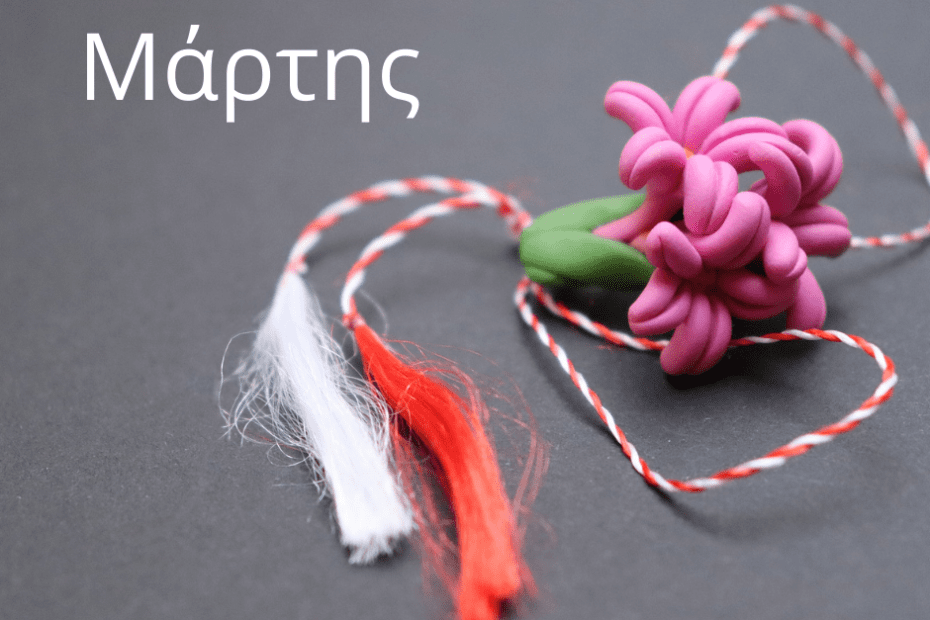Let’s welcome this month with a very popular tradition we have in Greece! With the very 1st of March, we tend to create a bracelet, «βραχιόλι» (vrahióli), made of red and white rope or threads that have been twisted or knitted. This custom is popular among the Balkan countries.
Where does it come from?
The so-called «Μάρτης» (Mártis) is an ancient custom that is believed to have its roots in Ancient Greece, and specifically in the Eleusinian Mysteries, «Ελευσίνια Μυστήρια» (elefsínia mistíria). The mystics of the Eleusinian Mysteries tied a thread, the Crocus, to their right hand and their left foot, which was a ribbon of saffron-coloured wool which guarded them from the evil spirits.
What does a Martenitsa do?
Usually the children (but not only) wear it on their wrist from the 1st to the 31st of March. According to popular tradition, ο Μάρτης protects the faces of children from the first sun of spring, so that they do not get burned. They take off this bracelet at the end of the month, or leave it on the roses when they see the first swallow, so that the birds can take it and build their nest. Others tie this bracelet on a fruit tree to give it flowering.
Thus, we say «από Μάρτη καλοκαίρι, και από Αύγουστο χειμώνα» (apó márti kalokiéri kie apó ávghusto himóna) meaning that many times in March the weather is so warm just like summer, whereas in August the weather starts getting cold and is reminiscent of winter.
How to make your own Martenitsa?
This custom is so popular and loveable that it takes place also at schools during the art class. How can one create it? You need red and white threads, «άσπρες και κόκκινες κλωστές» (áspres kie kókines klostés). You can simply twist the threads and tie them by hand.
